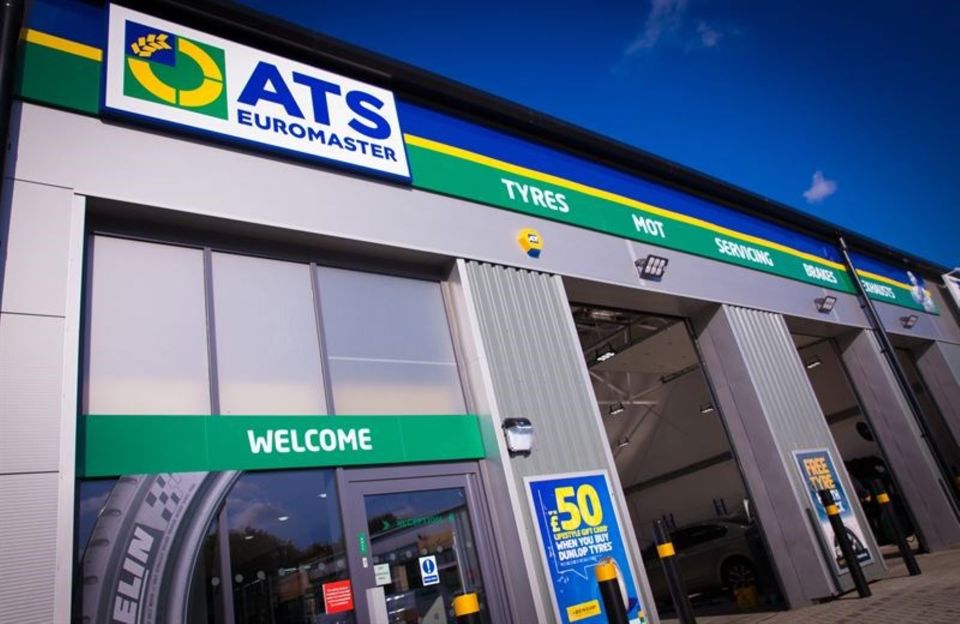Inflationary pressures are driving up the cost of labour, parts, and materials, making service, maintenance and repair (SMR) more expensive, according to ATS Euromaster.
Coming at a time when fleet budgets are already under pressure, it says it has already seen the impact of this as fleets squeeze maintenance programmes.
“Across the market fleets are not spending on SMR to the same level,” said Mark Holland, operations director at ATS Euromaster. “Everyone seems to be tightening their belts with brakes given lower change rates, for example.
“Brakes are as important as the contact points on the road but the visibility of such safety items - unlike worn tyres - is not immediately obvious. So, then it comes down to timing and how fleet managers can ensure drivers in their vehicles are safe.
“If you’re running a tighter SMR schedule, how do you know everything is safe? It’s a significant question for fleet managers.”
Tyre choice goes budget to contain SMR budget
Another sign that SMR budgets are being squeezed for 2025 is the de-tiering in tyre brand policy for some businesses, says ATS Euromaster.
Budget tyres will help ease pressures on SMR budgets in the short term but may not provide the same level of in-life longevity and require changing more often.
“Again, we would urge fleet managers to ensure they have a firm grip on their fleet’s general maintenance if tyres are being run for longer or budget tyres are on the agenda, then make sure they are appropriate,” continued to Holland.
“Sacrificing safety for a reduced SMR spend is a no-go zone.”
Be proactive in your fleet inspection programme
ATS Euromaster advises fleet managers to be proactive in their approach to fleet inspections and management to minimise costly repairs.
It suggests working with SMR providers much closer to satisfy demands and ensure you can secure the slots for maintenance work as required.
Also, a beneficial approach would be to use telematics and data analytics to predict potential failures and schedule maintenance proactively, reducing downtime and unexpected costs - particularly where SMR items are being pushed to the limit.
Geopolitical tensions and lingering supply chain issues
Semiconductor shortages are improving but they have not gone away completely, with some industry analysts predicting it could persist in certain sectors into 2025 and beyond.
Automotive chips, especially those for advanced features, might still be constrained.
Lingering supply chain issues may also continue to affect fleets, particularly if ICE vehicle supply is constrained in favour of electric vehicles to meet enhanced ZEV requirements.
“The likelihood is that we may see a continuation of extended vehicle lifecycles,” said Holland. “Some fleets are already comfortable with this, but for other fleets it means a requirement for more maintenance needs.
“Modern vehicles are increasingly complex, with more electronics and sophisticated components. Maintaining older vehicles with these technologies can be challenging.”
























Login to comment
Comments
No comments have been made yet.